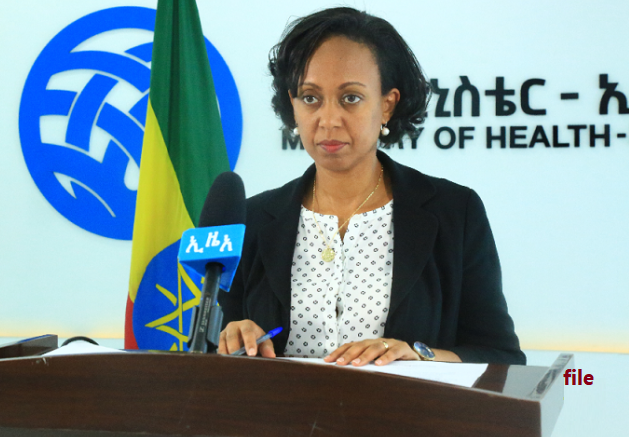Despite data limitations from the Tigray regional state, where only 9% of health facilities were reported to be fully functional, the Ministry of Health estimated that at least US$1.4 billion is needed for the restoration of health facilities which are destroyed during the two years long war in Tigray, Afar and Amhara regional state as well as other conflict affected areas across the country.
Dr Lia Tadesse told state broadcaster on 21 November that health facilities were rendered vulnerable to destruction throughout the war in Tigray, Amhara, and Afar regional states. Furthermore, health facilities were also destroyed in other parts of the country including Oromia and Benishangul Gumuz regions due to conflicts.
“We have data limitations [from] the Tigray region; it needs further clarification” Dr Lia said, but, according to provisional data including data collected from NGOs, at least US$1.4 billion is needed “to restore health facilities damaged due to conflicts across Ethiopia.”
Data from the ministry shows that a total of 3,666 health institutions and facilities have been destroyed in conflict-affected areas of the Amhara, Afar, Oromia, and Benishangul-Gumuz regions.
At least 40 hospitals, 452 health stations, and 1,728 health posts in Amhara; two hospitals, 24 health centers, and 52 health posts in Afar; six hospitals, 21 health centers, and 978 health posts in Oromia, as well as 15 health centers and 348 health posts in Benishangul-Gumuz had been affected by conflicts. A UN report released in May this year revealed that through Western Oromia alone, 426 health facilities were non-functional due to looting and destruction due to violence.
So far 35 out of 40 hospitals damaged in the Amhara region, and one of the two hospitals in the Afar region were maintained and started providing services, Dr Liya said, adding that the permanent cessation of hostilities signed in South Africa between the Federal Government of Ethiopia and Tigrayan authorities will enable further restoration of health facilities.
A March 2021 report by Doctors Without Borders/Médecins Sans Frontières (MSF), out of the 106 health facilities visited by MSF team in Tigray region from mid-December 2020 to early March 2021, nearly 70 percent had been looted and more than 30 percent had been damaged. “While some looting may have been opportunistic, health facilities in most areas appear to have been deliberately vandalized to render them nonfunctional. In many health centers, such as in Debre Abay and May Kuhli in northwestern Tigray, teams found destroyed equipment, smashed doors and windows, and medicine and patient files scattered across floors,” the report said.
Since last week, humanitarian supplies, including medicine, started to trickle to the Tigray region as a result of the peace agreement, which stipulates the provision of “unhindered” humanitarian supplies. According to the Minister, the Ministry of Health is sending medications to Tigray in cooperation with humanitarian organizations.
In October doctors in Tigray warned that Ayider referral hospital, the region’s largest hospital located in the capital Mekelle was “doomed to collapse soon” due to lack of medical supplies.




